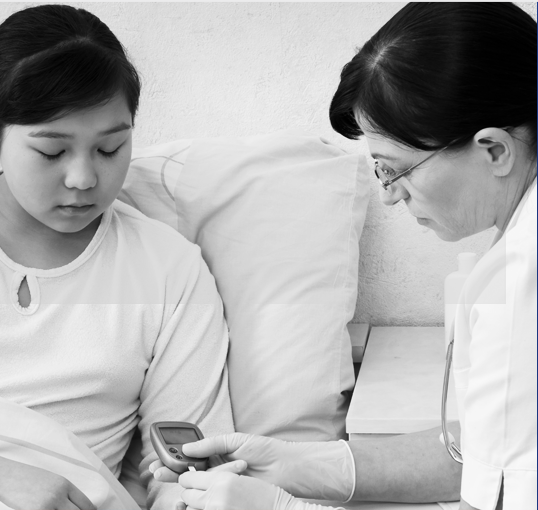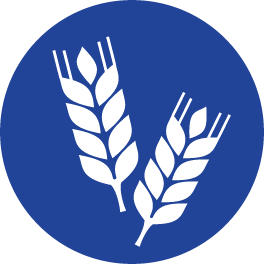
Diabetes and nutrition
The term “Diabetes” refers to a group of disorders of the body’s carbohydrate metabolism. The main characteristic of diabetes is high levels of glucose in the blood. A diabetic person has higher chances of developing complications like heart disease, blindness, kidney problems, nerve damage, and many others.1
Did you know?
India is the diabetes capital of the world. Every fifth diabetic in the world is an Indian.2
With adequate measures, diabetes can be controlled and its complications prevented or delayed. Along with medication, the right diet and physical activity are crucial in diabetes therapy.1
Nutritional requirement in diabetes

Carbohydrates:
While deciding on which carbohydrates to consume, it is important to consider their glycemic index (GI). GI is a measure of the effect of carbohydrates on blood glucose levels. Simple carbohydrates break down quickly during digestion, release glucose rapidly, and so have a high GI. Complex carbohydrates break down slowly, release glucose more gradually in the bloodstream, and have low GI.
Low GI foods are recommended for people with diabetes.3 Hence, complex carbohydrates like unprocessed or minimally processed wheat, rice, oats, and barley should be preferred instead of simple carbohydrates present in sugar, honey, and fruit juice.1,3

Proteins:
It has been observed that there is an increased breakdown of proteins in diabetes. Hence, adequate amounts of proteins should be consumed.4 Good quality protein can be obtained from fish, poultry, lean red meat, eggs, dairy products, nuts, dried beans, peas, lentils, and soy foods.1

Fats:
Fats provide energy and essential fatty acids and are a source of fat-soluble vitamins.3 Omega-3 is a type of essential fatty acid which reduces cholesterol in the blood and hence can lower the risk of heart disease in diabetes patients.1 Omega-3 can be obtained from fish, walnuts, flaxseeds, soybeans, and canola oil.3

Dietary fiber:
A diet high in fiber helps increase feeling of fullness after a meal, regulates blood glucose levels, aids weight loss, reduces cholesterol levels, and lowers risk of diabetes in pre-diabetics.3,5,6 Fiber-rich foods include sapodilla, guava, apple, and pear (eaten with their skins), whole wheat bread, and green leafy vegetables.1

Vitamins and minerals:
Vitamins and minerals are important for maintaining steady blood glucose levels. Chromium helps control blood glucose levels and reduces cholesterol and can play an important role in the diet of a person with diabetes.7,8
To get enough vitamins and minerals, plenty of green leafy vegetables and all types of raw vegetables such as cucumber, carrot, cauliflower, cabbage, lettuce, onion, and tomato should be included in the diet.1,9 Food sources rich in chromium include meat such as poultry, beef, and pork, vegetables, black pepper, eggs, cheese, lobsters, fresh fruits, and grains.10
|
Tips for nutritional management of diabetes:
|
Gestational diabetes mellitus (GDM)
GDM is diagnosed when a woman without diabetes, develops high blood glucose levels during pregnancy, usually during the second or third trimester.11,12 If blood glucose remains uncontrolled, then GDM may ultimately lead to type 2 diabetes.13
GDM can be managed by physical activity, and diet.14 A diet with high fiber and low GI is effective in improving and controlling blood glucose levels in GDM.13
How can a nutritional supplement help?
When a person is suffering from diabetes, the doctor may advice having smaller and more frequent meals for better glucose control. With a busy and hectic lifestyle, at office or sometimes even at home, there might not be enough time to prepare and eat a healthy snack. But if the snack is in the form of powder that can be readily prepared in water/milk and consumed anytime, it can help avoid unhealthy food, and fight the hunger pangs and plummeting glucose levels.
|
Drink it when hunger strikes during the mid-morning and evening snack time i.e. at 11 am and 5 pm or before bed to avoid drop in blood glucose levels during the night. |

We suggest having 1 serving of VidavanceTM, 2 levelled scoops prepared with water, twice a day, along with a balanced diet for complete nourishment and diabetes management.
References: